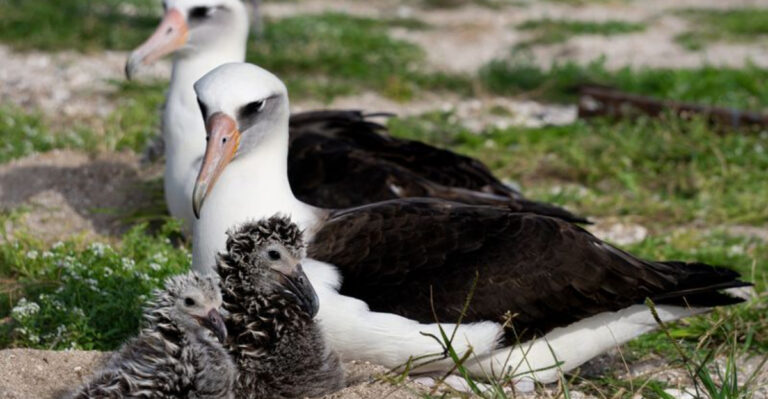15 Dangerous Animals That Every Cat Owner Should Watch Out For

Cats are curious creatures that love to explore, but the outside world isn’t always safe for our feline friends.
From larger predators to smaller critters carrying diseases, numerous animals pose real threats to domestic cats. Understanding these dangers can help you protect your kitty and potentially save their life when they venture outdoors.
1. Coyotes
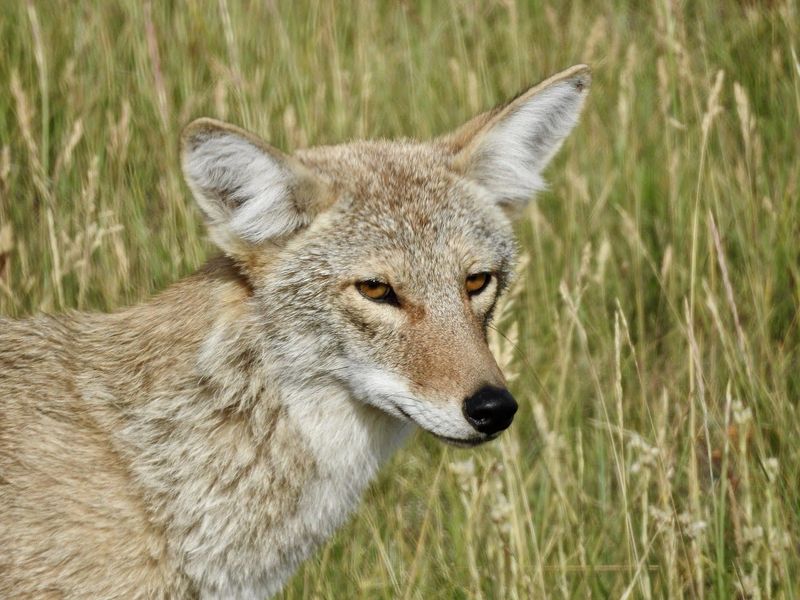
Ever notice how your neighborhood gets eerily quiet when coyotes are around? These crafty predators have adapted brilliantly to suburban living, viewing small pets as easy meals.
Coyotes typically hunt at dawn and dusk, precisely when many cats enjoy outdoor adventures. Keep your kitty indoors during these high-risk hours to avoid dangerous encounters.
2. Owls
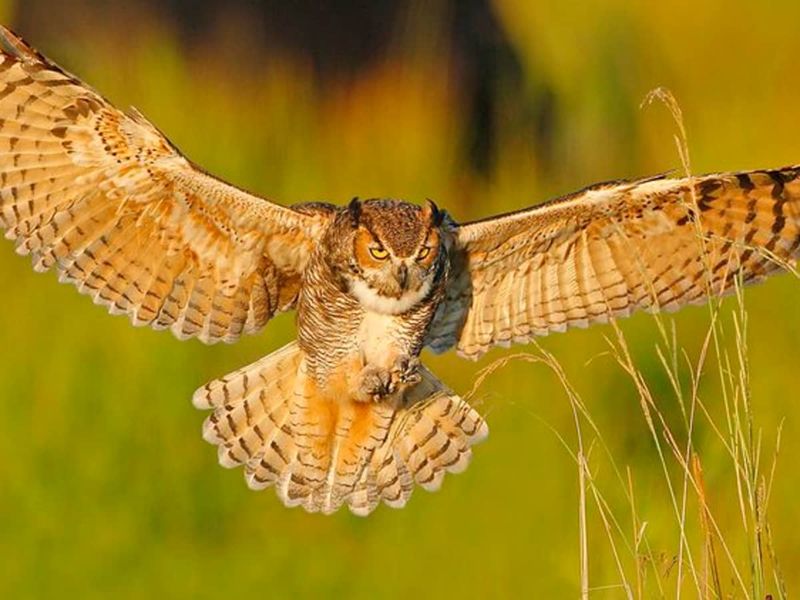
Those haunting hoots in the darkness aren’t just atmospheric—they’re warnings. Great horned owls can swoop down silently and carry off cats weighing up to 15 pounds!
Their powerful talons and night vision make them formidable predators. Small cats are particularly vulnerable, especially during evening hours in open yards without protective cover.
3. Venomous Snakes
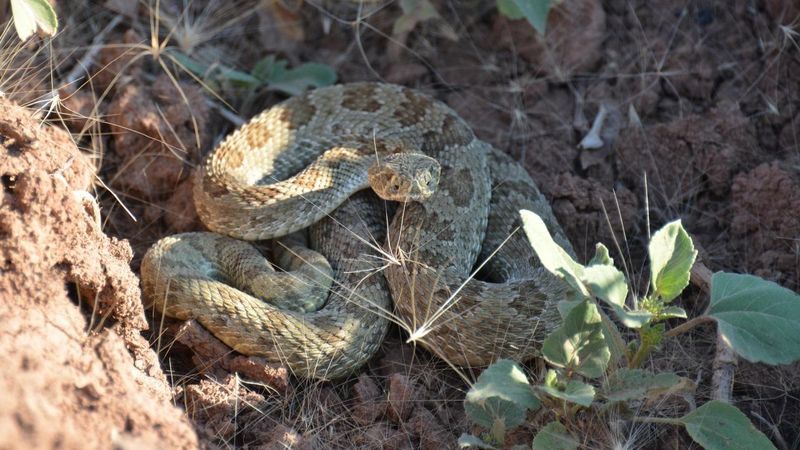
Slithering through grass and hiding under rocks, venomous snakes pose serious threats to curious cats. Rattlesnakes, copperheads, and cottonmouths deliver potent venom that can be fatal.
Cats often bat at moving objects, making snake encounters particularly dangerous. Rural and desert cat owners should be especially vigilant during warmer months when snakes are most active.
4. Hawks

Soaring high above, hawks scan for small prey with remarkable vision that can spot a cat from hundreds of feet up. Red-tailed and Cooper’s hawks regularly target small mammals, including kittens and petite adult cats.
These raptors strike with stunning speed, diving at over 120 mph. Outdoor enclosures with roof protection offer your cat fresh air while keeping them safe from these powerful birds.
5. Raccoons

Behind those adorable bandit masks lie surprisingly aggressive animals that frequently clash with cats. Raccoons carry diseases including rabies and can inflict serious wounds with their sharp claws and teeth.
Food competition often triggers confrontations, so never leave pet food outdoors. These clever omnivores are most active at night, when they’re bold enough to enter pet doors looking for meals.
6. Cougars
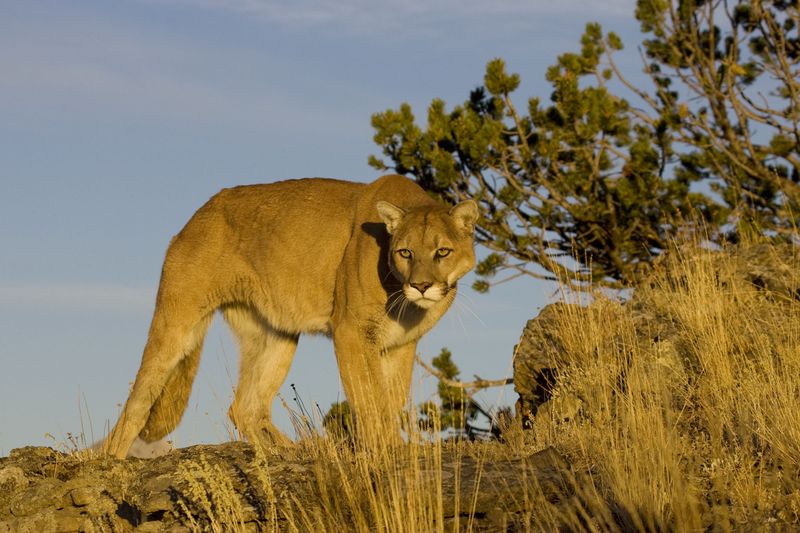
Mountain lions might seem like a remote threat, but these powerful cats increasingly venture into suburban areas as development encroaches on their territory. A single cougar can patrol up to 100 square miles!
For rural cat owners, these apex predators represent a serious danger. Motion-activated lights and keeping cats indoors from dusk until morning significantly reduces risk in cougar country.
7. Cane Toads
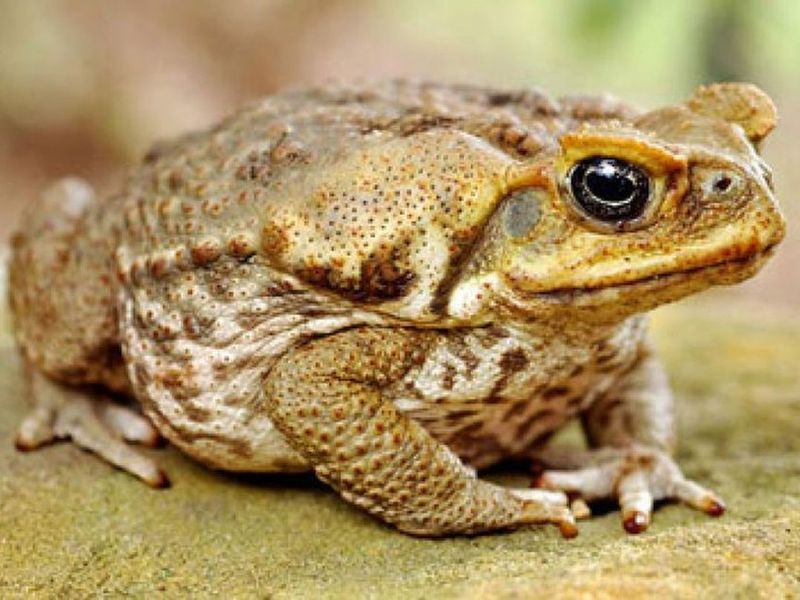
Looking like oversized frogs, cane toads secrete a milky poison from glands behind their heads that can kill a cat within 15 minutes of contact. Their toxic defense mechanism activates when they feel threatened.
Found primarily in Florida, Hawaii, and parts of Texas, these invasive amphibians attract curious cats with their hopping movements. Immediate veterinary care is essential if your cat encounters one of these toxic creatures.
8. Foxes
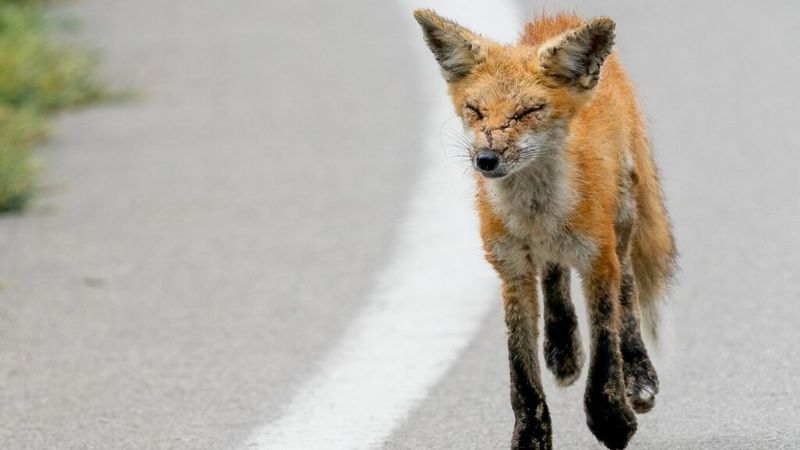
Foxes rarely attack adult cats directly but pose significant health risks as carriers of parasites and diseases. They compete for the same food sources and territory in urban and suburban environments.
The biggest danger comes from rabies transmission and sarcoptic mange, which can spread to cats. Fox sightings in your neighborhood should prompt extra vigilance about your cat’s outdoor activities and health monitoring.
9. Alligators
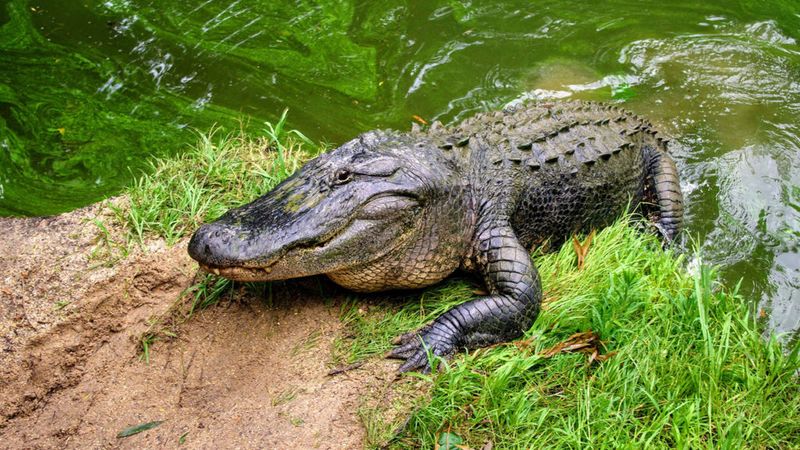
Sunning themselves along waterways in southeastern states, alligators represent a lethal threat to pets that wander too close to the water’s edge. These reptiles strike with lightning speed from seemingly lazy positions.
Cats drinking from ponds or exploring marshy areas are at particular risk. If you live in gator country, keep your cats well away from any body of water, even small decorative ponds that might attract young alligators.
10. Ticks
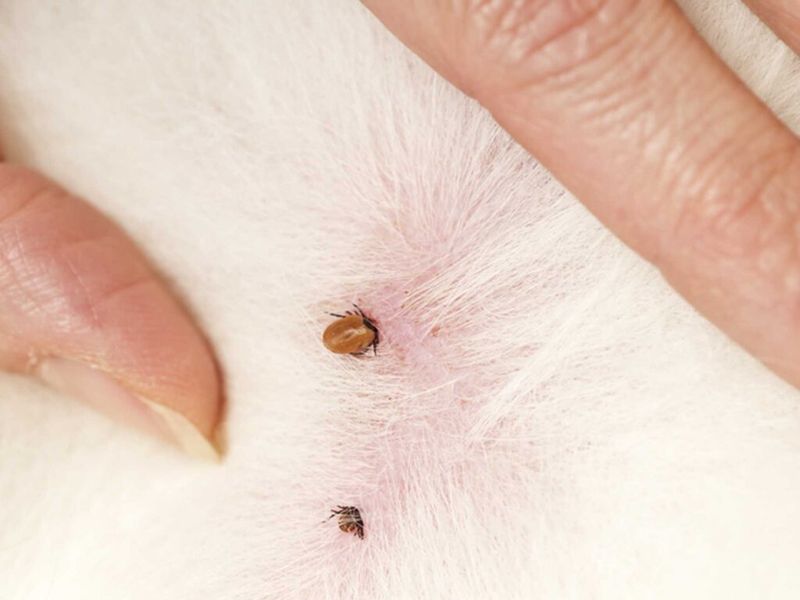
Barely visible to the naked eye, these parasites punch far above their weight in danger level. Ticks transmit Lyme disease, cytauxzoonosis, and other serious illnesses to cats through their bites.
Outdoor cats need regular checks, especially around ears, neck, and paws. Year-round prevention is crucial even in urban areas, as ticks hitchhike on other animals and can survive in parks, gardens, and wooded areas.
11. Poisonous Spiders
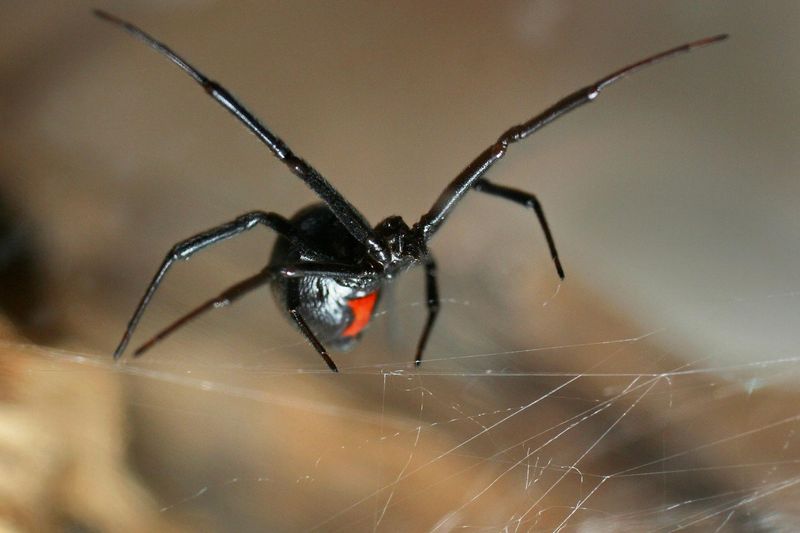
Lurking in dark corners of garages and basements, black widows and brown recluse spiders inject venom that can cause serious tissue damage or even death in cats. Their bites often go unnoticed until symptoms appear.
Cats may encounter these spiders while exploring or hunting. Regular pest control and keeping storage areas tidy reduces spider populations. Watch for limping, swelling, or lethargy as potential signs of spider bites.
12. Skunks
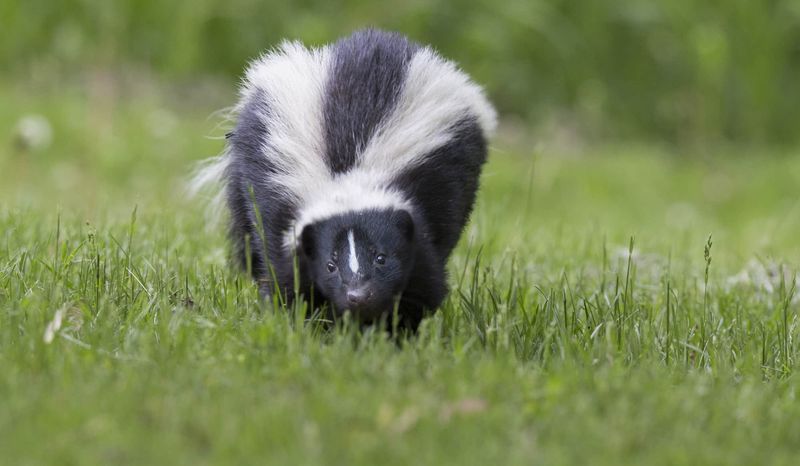
Famous for their powerful spray, skunks pose greater dangers beyond the horrible smell. These nocturnal creatures frequently carry rabies and aren’t afraid to defend themselves against curious cats.
Their distinctive black and white coloring serves as a warning. If your cat returns home smelling terrible, check carefully for bite wounds or scratches that could transmit disease, and contact your vet immediately if you find any.
13. Fisher Cats
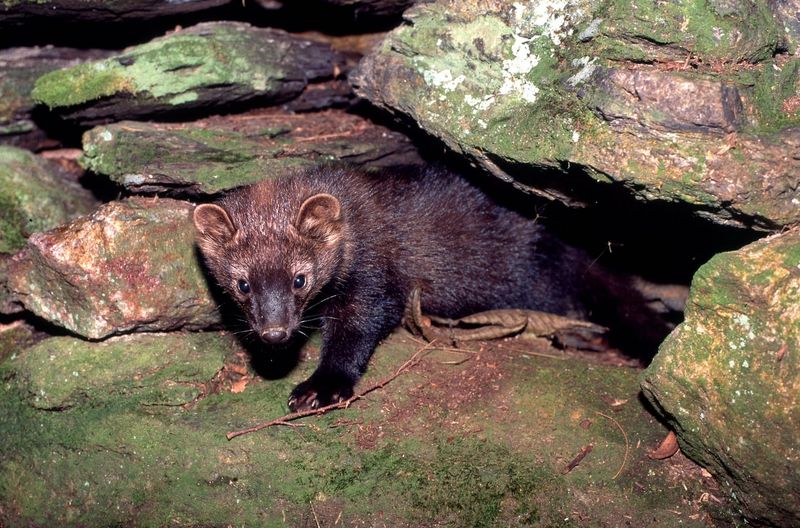
Don’t let the name fool you—these members of the weasel family rarely catch fish but frequently target domestic cats in northeastern forests. With lightning-quick reflexes and tree-climbing abilities, fisher cats are formidable predators.
Their bloodcurdling screams often precede attacks. Increasingly common in suburban areas bordering woodlands, these nocturnal hunters pose serious threats to outdoor cats, especially at night.
14. Fire Ants
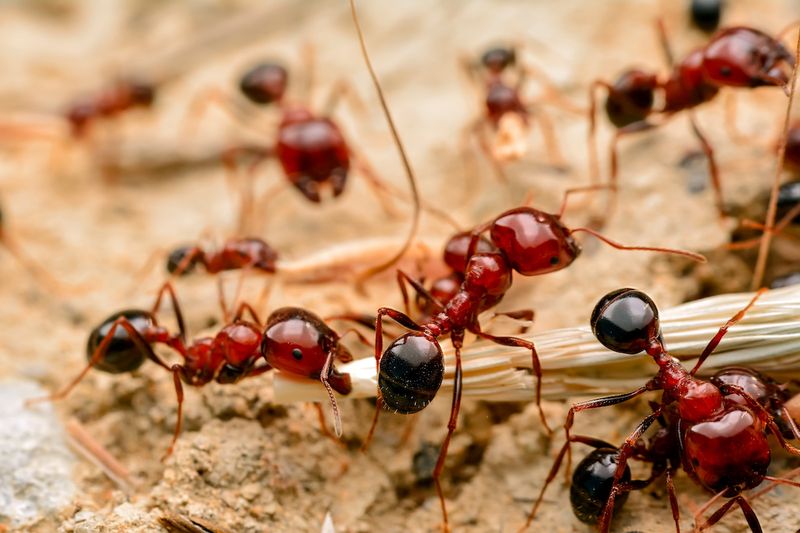
Seemingly innocent until disturbed, fire ant colonies can mobilize thousands of aggressive insects in seconds. Their painful stings inject venom that can trigger severe allergic reactions in cats, especially when multiple ants attack simultaneously.
Southern states face the greatest risk from these invasive insects. Cats may accidentally disturb nests while exploring or hunting, resulting in potentially life-threatening swarms of angry ants.
15. Dogs

Man’s best friend often becomes a cat’s worst nightmare when prey drive kicks in. Even friendly family dogs may chase and seriously injure cats they don’t recognize as part of their household.
Larger breeds can cause fatal injuries with a single bite or shake. Never assume an unfamiliar dog is safe around your cat, and supervise even known dogs during initial interactions to prevent instinctive predatory behavior.



